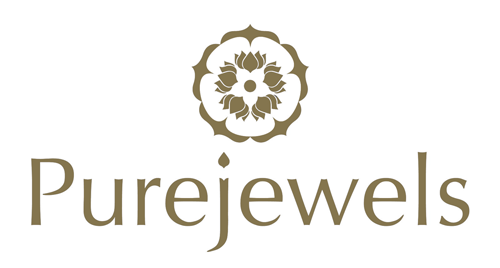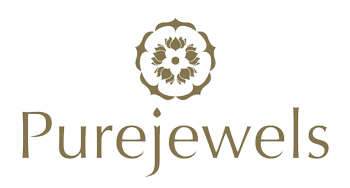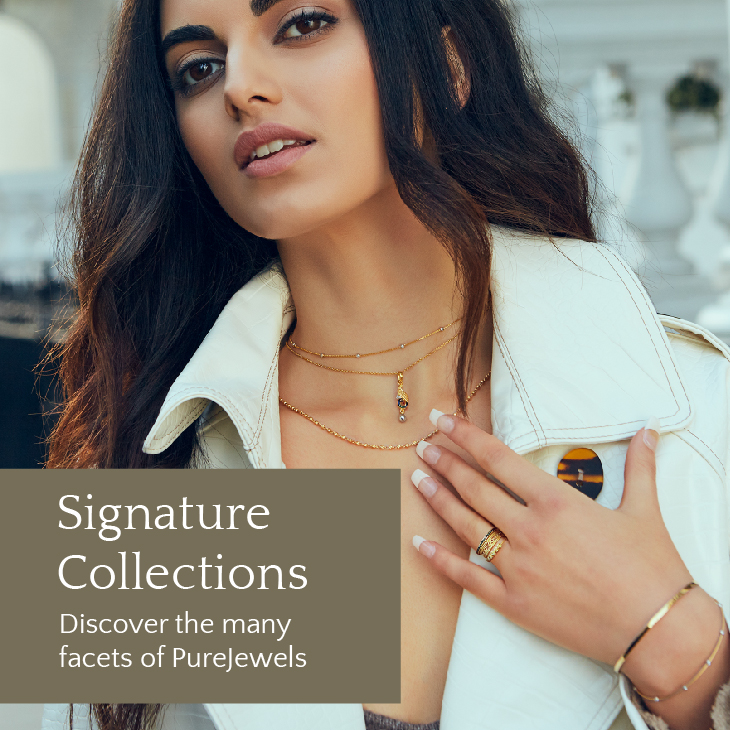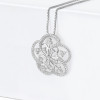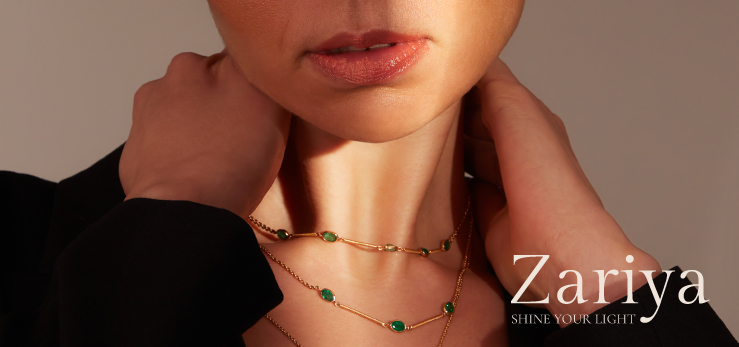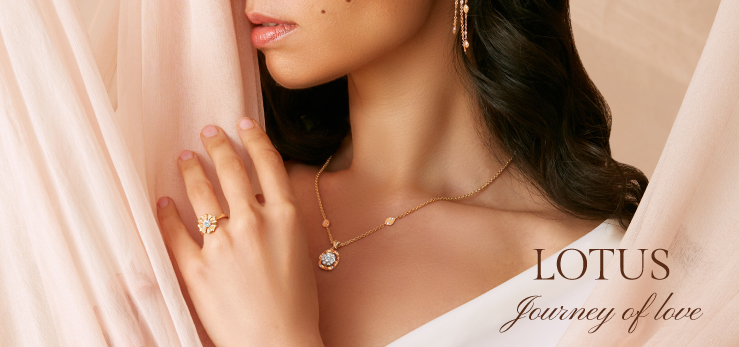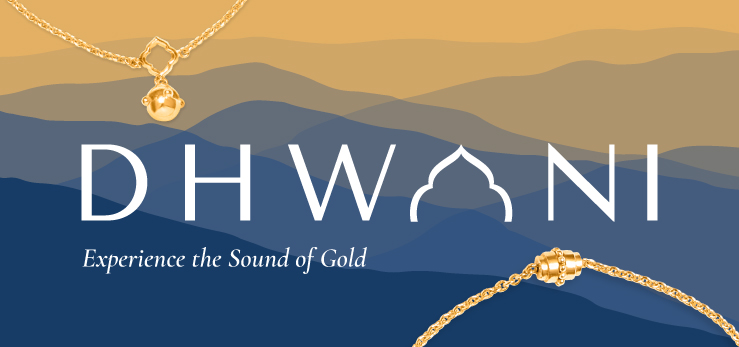As diamonds represent strength, preciousness and the ability to always shine through, as a brand we believe it is our duty to reflect the virtues of a union’s sacred bond through our engagement ring pieces. The diamonds used at PureJewels are natural, untreated and carefully selected to represent both us and you-through purity. As for the Lotus centre diamond pieces, our expert team with over 20 years of experience in the field selects and owns natural diamonds of supreme quality from leading ethically and environmentally conscious diamond factories to ensure your union is adorned/represented by conflict-free diamonds according to the Kimberley process. Our team select and buy the best value and quality diamonds to present only the best options to our customers.
Our center diamond suppliers:
As an environmentally conscious brand inspired to deliver excellence in ways as sustainable as possible, we have chosen one of the best global natural diamond-supplying companies based in India that shares our values and further contributes to the solutions of environmental matters. As some of our partners’ initiatives include a pledge to reduce the net emissions from their main facilities to zero by 2024, installing solar panels and granting such to staff members, vulnerable minorities and local communities, promoting and implementing a more sustainable energy production and lifestyle while changing people’s mindsets in that orientation. By selecting a PureJewels diamond you trust our expertise on the stone’s utmost value and also support charities, humanitarian rights and environment-preserving campaigns.
About our Melée (small) diamonds:
Contrary to the commonly used G-H colour grades and VS-SI clarity ranges used in the small diamonds in the industry, at PureJewels we cater for every detail composing your dream ring. The small Melée natural diamonds we use for the ring’s shoulders or halo (ranging from 0.90ct to 2,70ct) are also supplied from one of the best factories globally for natural Melée diamonds based in India. The small stones stand out with the same exceptional quality of triple excellent and ideal cuts with colour and clarity graded comparable to the centre stones ones.
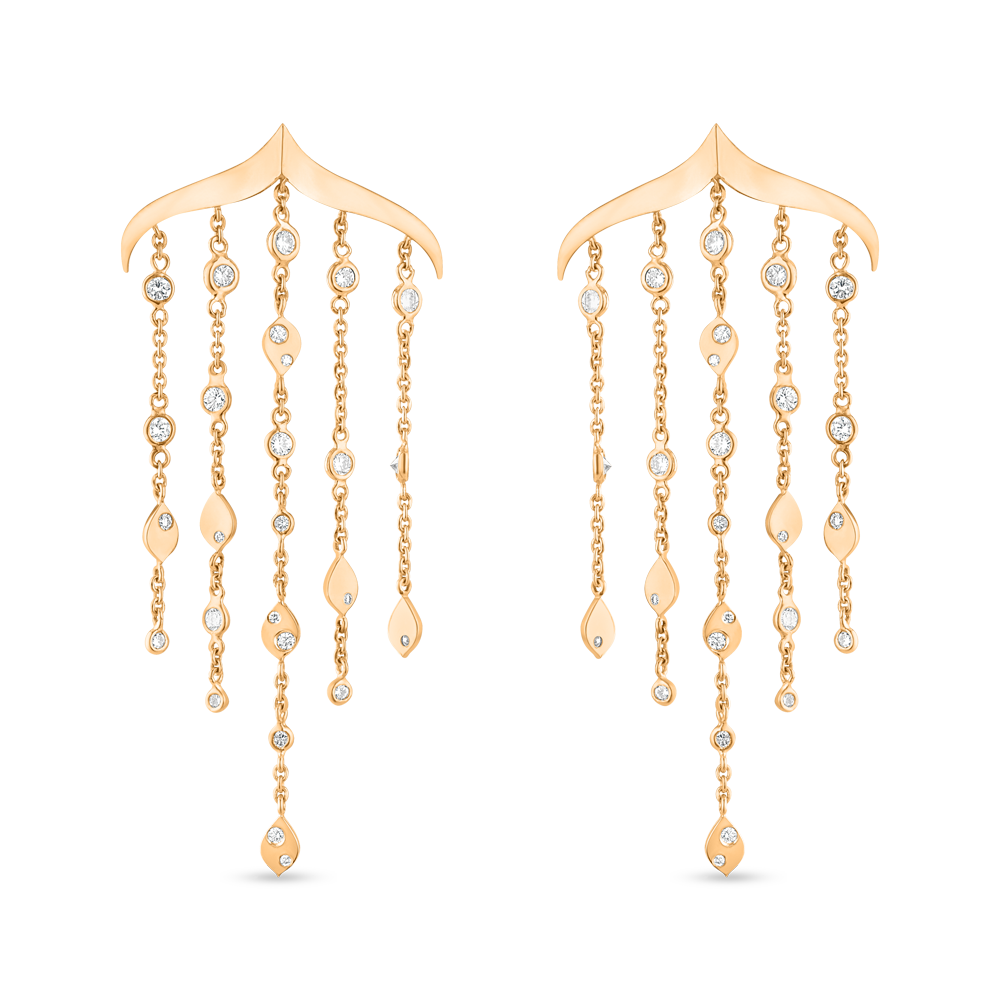
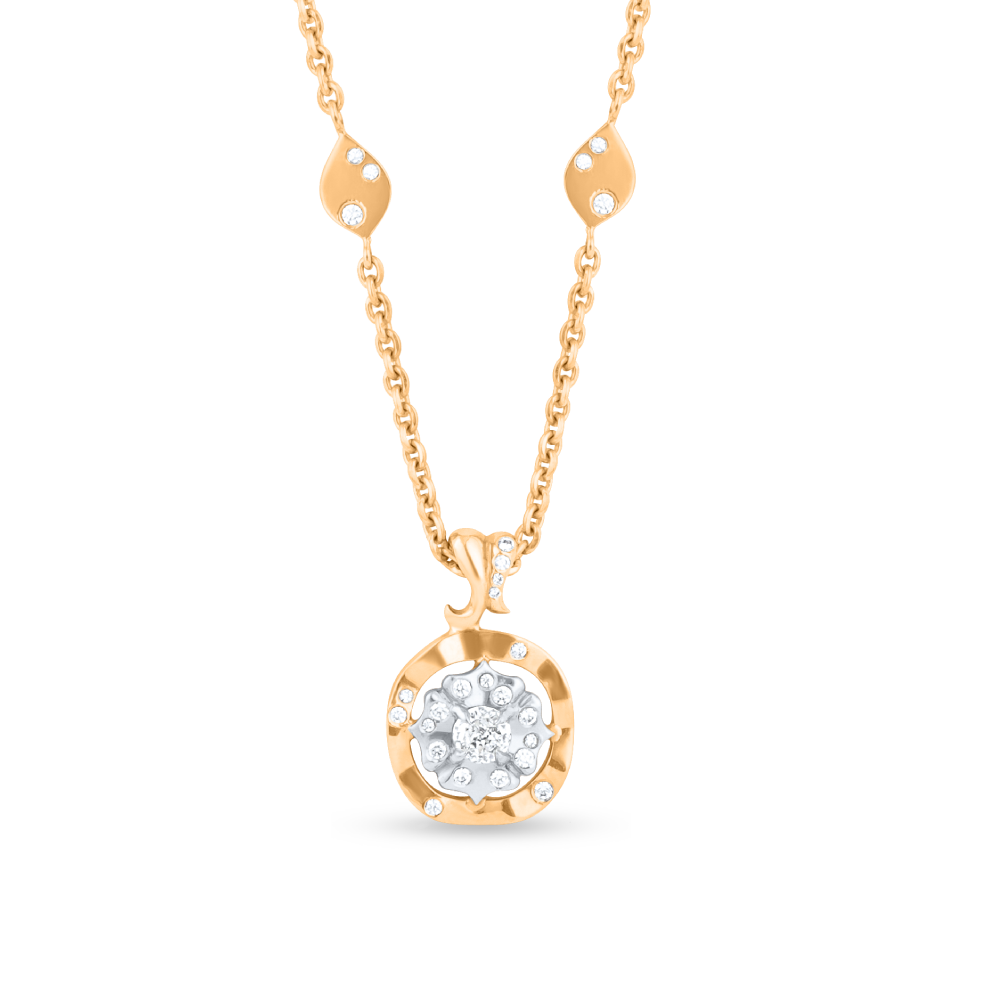
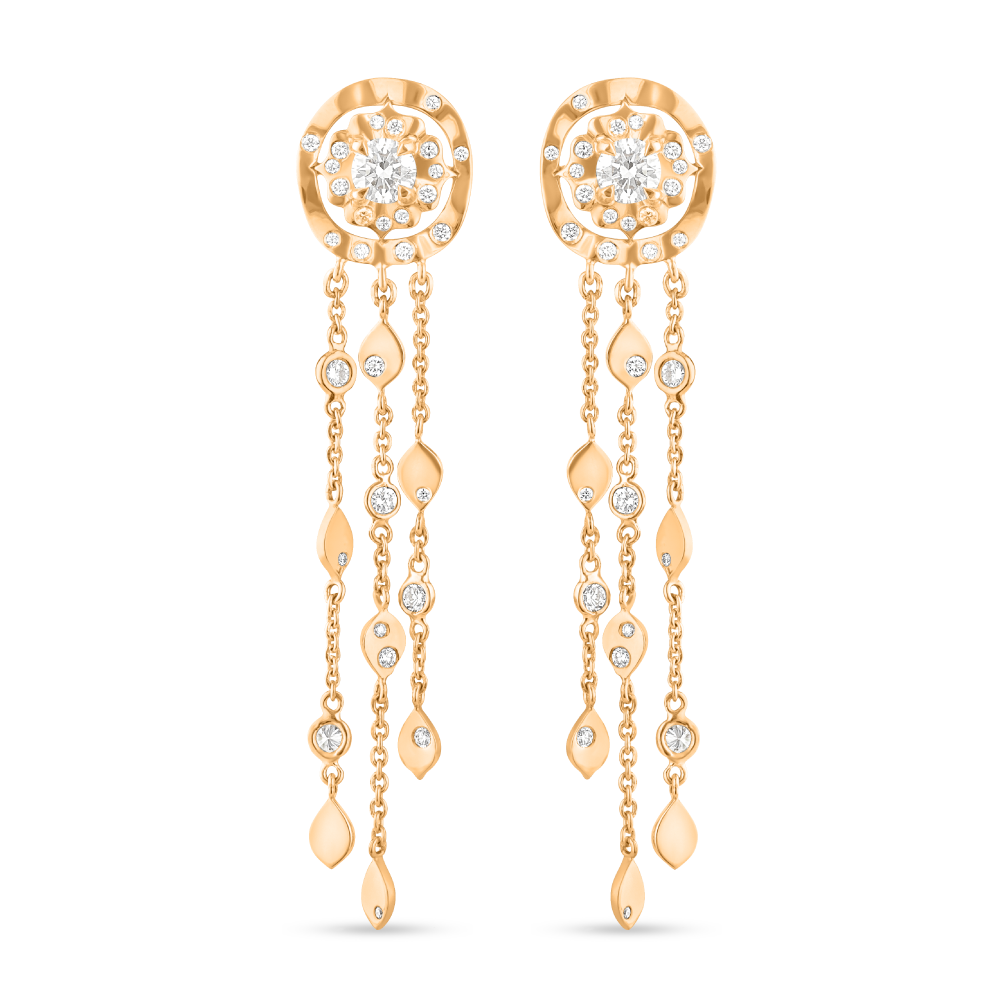
The Kimberley Process:
The Kimberley Process is a term used in the industry, representing the union of 85 countries worldwide, united by the World Diamond Council and underpinned by the United Nations organization to ensure that the number of conflict unethically sourced and managed diamonds is led to a minimum. The organization has criteria for origin, sourcing and handling conditions that all diamond-trading member countries apply in order to trade.
Why choosing a PureJewels diamond?
At PureJewels we offer pure diamonds. The root philosophy of PureJewels consists of the idea of purity and the constant pursuit of excellence. To reflect that, we use the rarest, highest-quality diamonds available on the market for our signature house-designed Lotus engagement and wedding ring pieces. As a brand celebrating people and their growth, we believe our customers deserve that purity, rarity and beauty represented in their union through our life-long pieces.
All diamonds are graded and certified by the most renowned precious material identification laboratory globally: GIA (Gemological Institute of America) with the reports reflecting the most important factors making a high quality stone, referred to as the 4 C’s: Diamond Cut, Colour, Clarity and Carat weight.
The clarity range selected is from F/IF to VVS2, from the highest existing stone clarity to the high end of the impurity-free range with stones as pure and rare as the couple’s bond. The colour range used is from D to G, falling into the colourless category of diamond hues, ensuring an optimal visual “icy” brilliance.
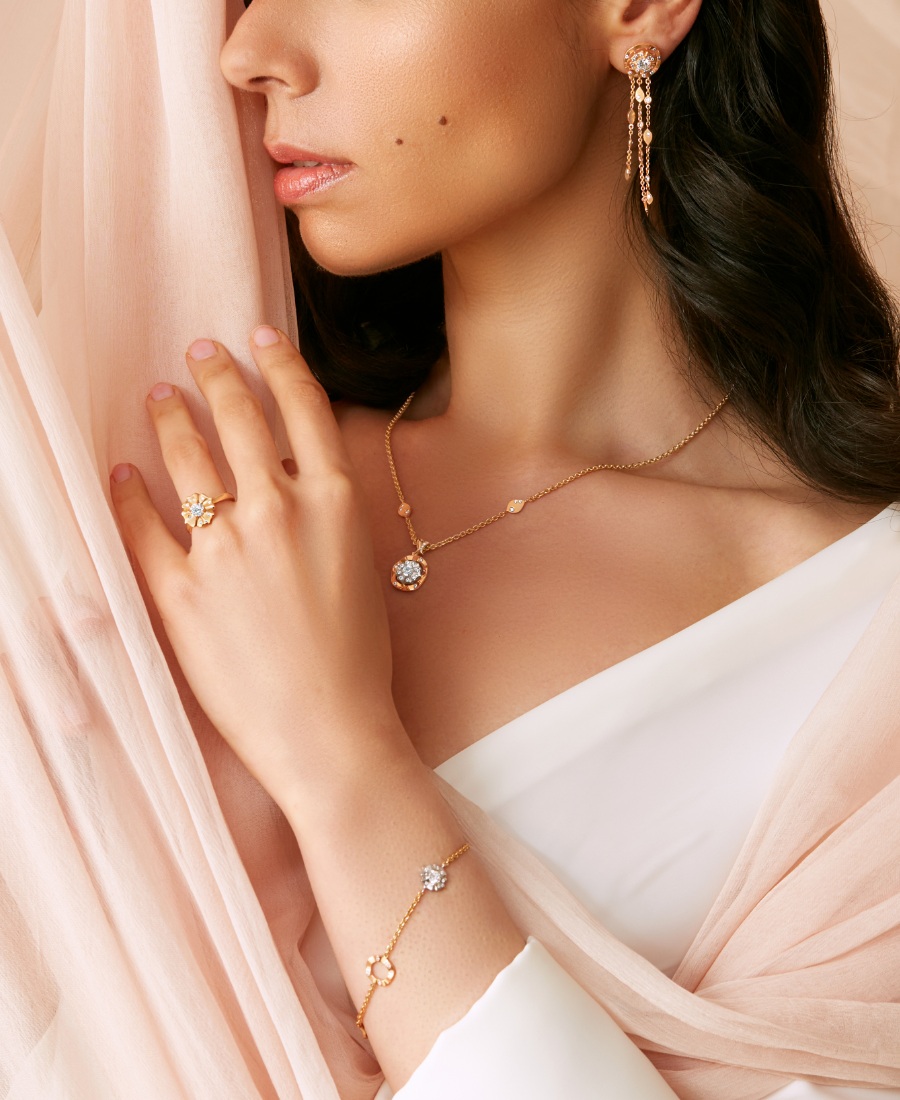
The cut of a diamond is an overlooked hero which ensures that the natural rare piece is well managed by manpower. The triple excellent and ideal diamond cuts used at PureJewels ensure the stone can reflect light to the highest level with optimal brilliance.
The carat weights for our standard Lotus engagement ring pieces, starting from 0.40ct, ranging to 1.00ct centre stones, cater to the taste of the ones opting for a more simplistic elegant designs to the ones interested in an effective show-stopping look. Bespoke projects are another option giving more freedom for the diamond size selection.
Cut:
Represented by precisely calculated and implemented symmetry, proportions and polish of the stone, these diamond characteristics ensure a maximum light reflection, resulting in the dazzling brilliance diamonds are famous for.
Cut grades:
- Excellent/Ideal: Ensuring the highest level of precision and brilliance present within the stone;
- Very good: Ensuring a high level of stone brilliance;
- Good : Ensuring a formidable level of stone brilliance;
- Fair: Caused by moderate mismatch in the cutting precision and calculations resulting in a dull stone;
- Poor: Caused by severe mismatch in the cutting precision and calculations resulting in a very dull stone;
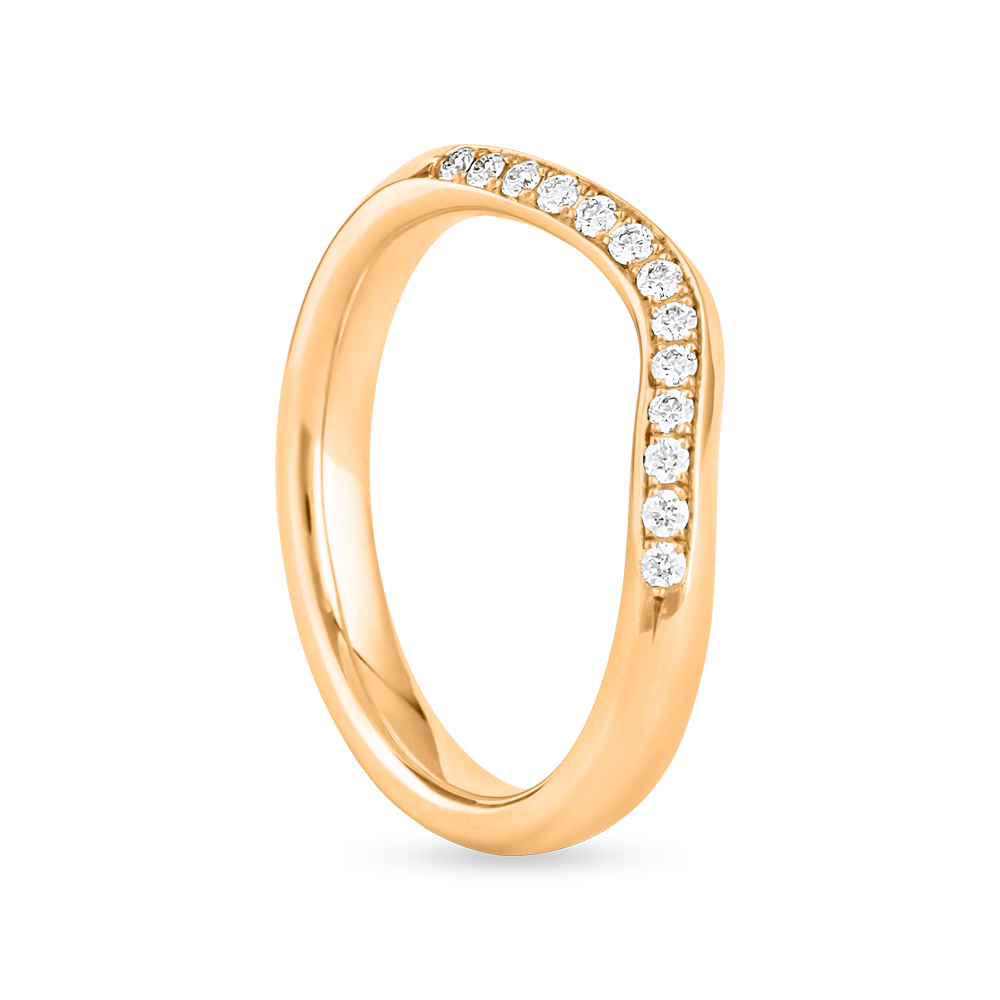
Colour:
By rule colour hues in diamonds are preferably avoided and colourless diamonds with no tint hues (yellow, brown or grey being the most common) to them are the most desirable as that creates the famous diamond ‘icy’ look. An exception to this rule on rare occasions is when fancy vividly coloured diamonds are present. Specific colour grades are separately used for the latter. The standard colour grades are in an alphabetical order from D to Z, where the scale starts from colourless and has an exponentially increasing colour.
Standard colour grade groups:
- D, E, F: Colourless range;
- G, H, I, J: Near-colourless range;
- K, L, M: Faint colour range;
- N, O, P, Q, R: Very light colour range;
- S-Z: Light colour range;
Clarity:
How sparkly a diamond is is also determined by its internal and external purity. In nature, a significant percentage of all natural gem materials have some level of ‘impurities’ referred to as inclusions. The fewer of them are present within the stone, the purer, more valuable and rarer it is. The clarity range starts from F (Flawless) being the most valuable and purest, to I (Included) being the lowest end of the quality scale. Each category is divided into several sub-categories.
Clarity grades:
- F: Flawless: The highest clarity grade existing, meaning no internal or external inclusions are present within the stone’s structure; (No inclusions present with 10x magnification)
- IF: Internally Flawless: No internal inclusions are present in the stone. (No inclusions present with 10x magnification)
- VVS (1 and 2): Very Very Slightly Included: Contain a negligible amount of usually light pinpoint inclusions. (Very difficult to observe with 10x magnification).
- VS (1 and 2): Very Slightly Included: Contain a negligible amount of inclusions. (Difficult to observe with 10x magnification).
- SI (1 and 2): Slightly Included: Contain a moderate amount, size and colour of inclusions. (Easy to observe with 10x magnification, non-observable with unaided eye).
- I (1,2 and 3): Included: Contain a severe amount, size and colour of inclusions. (Easy to observe with 10x magnification, visible with unaided eye).
Carat weight:
How heavy the diamond is is another factor contributing to its value. A carat is a measurement of the stone’s weight, where one carat equals 0.2 grams. Some common carat weight categories include 0.50ct, 1.00ct, 2.00ct, 5.00ct, etc.
Other factors affecting diamonds’ quality:
- Shape: The different options for the shape of a diamond have different advantages. The brilliant cuts (round brilliant, oval, princess, pear, cushion, radiant) cater to the taste of the ones opting for a maximum of light interaction. For the ones preferring a more subtle and elegant look, the step cuts (baguette, emerald, asscher, etc) are a formidable option.
- Fluorescence: A naturally occurring phenomenon in 20-30% of natural diamonds. Usually avoided in jewellery as high fluorescence could make a stone appear slightly “milky” in natural light, contrasting with the ideal transparent colourless diamond look.
- Lustre: Adamantine lustre (brilliance/shine) is typical for diamonds. Our diamond-supplying partners measure the lustre of each stone to ensure the delivery of the best stone quality.
